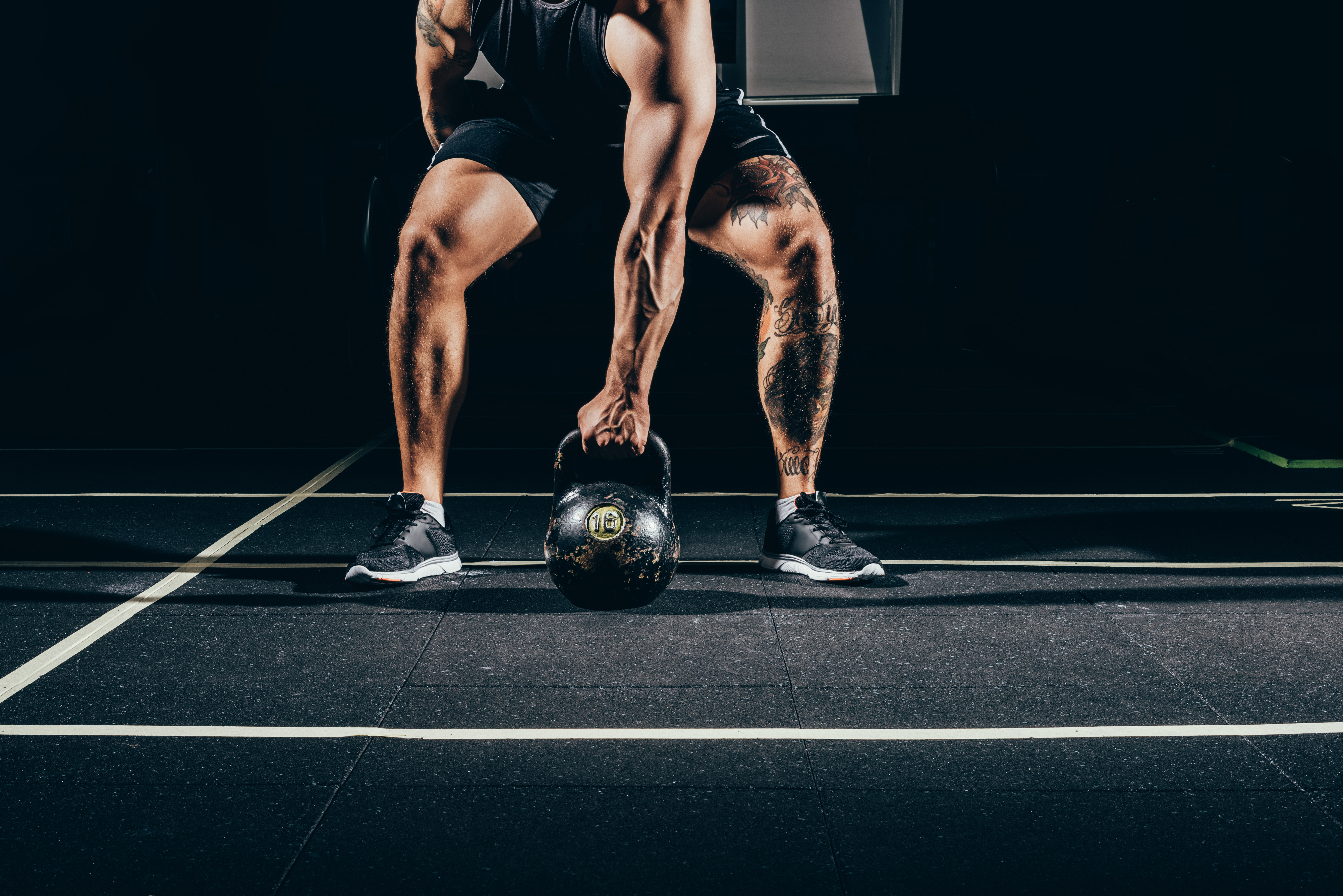For weight loss, high intensity interval training could prove better than a slower, more continuous workout
According to research published in the British Journal of Sports Medicine, interval training (HIIT) leads to 28.5% more weight loss than a slower style of training.
If you’re strapped for time but still need to get a workout in, HIIT could be a sure way of getting leaner.
Researchers wanted to see whether shorter, more intense workouts could help you lose weight and body fat. They reviewed 41 studies on the topic of HIIT and interval training.
Both HIIT and slower, continuous workouts led to weight loss and a loss of body fat.
However, while there wasn’t much of a difference in terms of body fat slashed, overall weight loss was much greater in the groups who engaged in HIIT.
What’s the difference between losing weight and losing body fat?
You might be reading this wondering what the difference is between weight loss and fat loss. Overall weight loss is a popular goal if you’re looking to lose a couple of pounds or more. Even better if you compete in a sport with weight categories.
However, for the general public, loss of body fat is arguably a better pursuit. Gaining muscle mass will cause you to gain weight, but this is far from unhealthy.
If you lose too much weight, your muscle mass and strength will suffer. So while HIIT may prove the best for weight loss, overdoing it can hinder your recovery and response to weight training.
Which kind of HIIT?
Variety is the reason why HIIT has become so popular. Whether you prefer cycling, kettlebells, skipping or rowing, virtually any kind of training can form part of a wider interval workout.
However, this study found sprint intervals were the best kind of HIIT when it came to losing weight.
Sprint intervals can easily be implemented into your training programme. Find a park nearby, ideally with a hilly area. Sprint up the hill, then walk back down to the beginning. Repeat for 10-15 rounds.
If you don’t have access to this kind of hill, find a gym with a track. Sprint over 25-30 metres, then walk back to the beginning.
Read more from JOE:
- Doctor explains how to boost your testosterone naturally
- The more press ups you can do, the lower your chances of suffering a heart attack
- The truth about artificial sweeteners: are they really that bad for you?
- Popular bodybuilding supplement could be bad for your brain
- Carve out a strong core with this Swiss ball abs workout
- The five best YouTube workouts for building muscle and strength
- The eight-minute HIIT workout for people who hate the treadmill











































